At this point you should all be applying variable speed pumps in your systems. Slowing down the pump motor saves pump energy while maintaining occupant comfort – no question. There’s a ton of practical and empirical data supporting the use of variable speed pumping to correspond with the reduced load demand of your system. That reduced load is where the system runs for the majority of the time. What we want to talk about here is this: how much more can we save?
With a traditional VFD setup you need a variable speed capable drive and some measurement from the distribution loop. If you choose to control the pump motor speed based on a set differential pressure across a critical branch, or the furthest branch, someone has to install a gauge and run wires from the gauge back to the motor control. Once the value you’re trying to control is set, in this case differential pressure, there is no further adjustment needed in the system. The pump will run the speed that is required to meet the sensor point. No matter how much ‘safety factor’ is built in to that value.
A self sensing pump is a variable speed pump with optimization capability. A SelfSensing pump comes from the factory with a logic system that can look up the correct flow based on the speed and energy usage of the pump. If the system is running at 50% design load, the SelfSensing pump has the ability to run at the correct speed, or provide the correct flow rate, for that actual system curve. Since the adjustability is computer based, there is no need for a down field sensor to be preset. No installation costs. No wire and gauge costs. It comes ready to run.
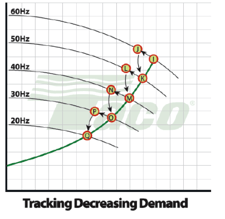 The extra advantage of the SelfSensing pump is that it runs on a control curve. This curve is preset at the factory based on the individual pump/motor performance and the system design point. The control curve represents the curve fit between the system design point and the minimum allowable pump speed, or the control point. This curve maximizes the pump performance based on the design engineer’s best guess for the system flow versus pressure drop.
The extra advantage of the SelfSensing pump is that it runs on a control curve. This curve is preset at the factory based on the individual pump/motor performance and the system design point. The control curve represents the curve fit between the system design point and the minimum allowable pump speed, or the control point. This curve maximizes the pump performance based on the design engineer’s best guess for the system flow versus pressure drop.
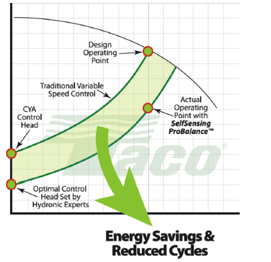 The beauty of the SelfSensing controls is that the control curve can be adjusted in the field to the ‘as built’ condition. That’s right. After the actual system is up and running the pump control scheme can be optimized based on the actual system. The optimization may allow the pump to run an additional 10 to 15% more efficiently while maintaining occupant comfort.
The beauty of the SelfSensing controls is that the control curve can be adjusted in the field to the ‘as built’ condition. That’s right. After the actual system is up and running the pump control scheme can be optimized based on the actual system. The optimization may allow the pump to run an additional 10 to 15% more efficiently while maintaining occupant comfort.
Look into SelfSensing pumping for your next pumping application.
(Blog images from Taco Comfort Solutions)




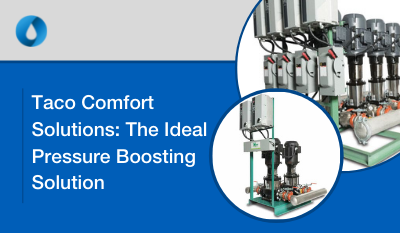
.png)
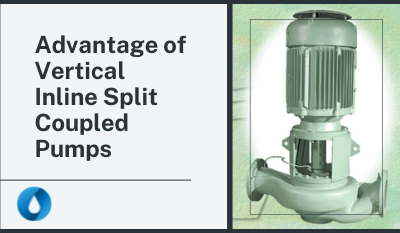
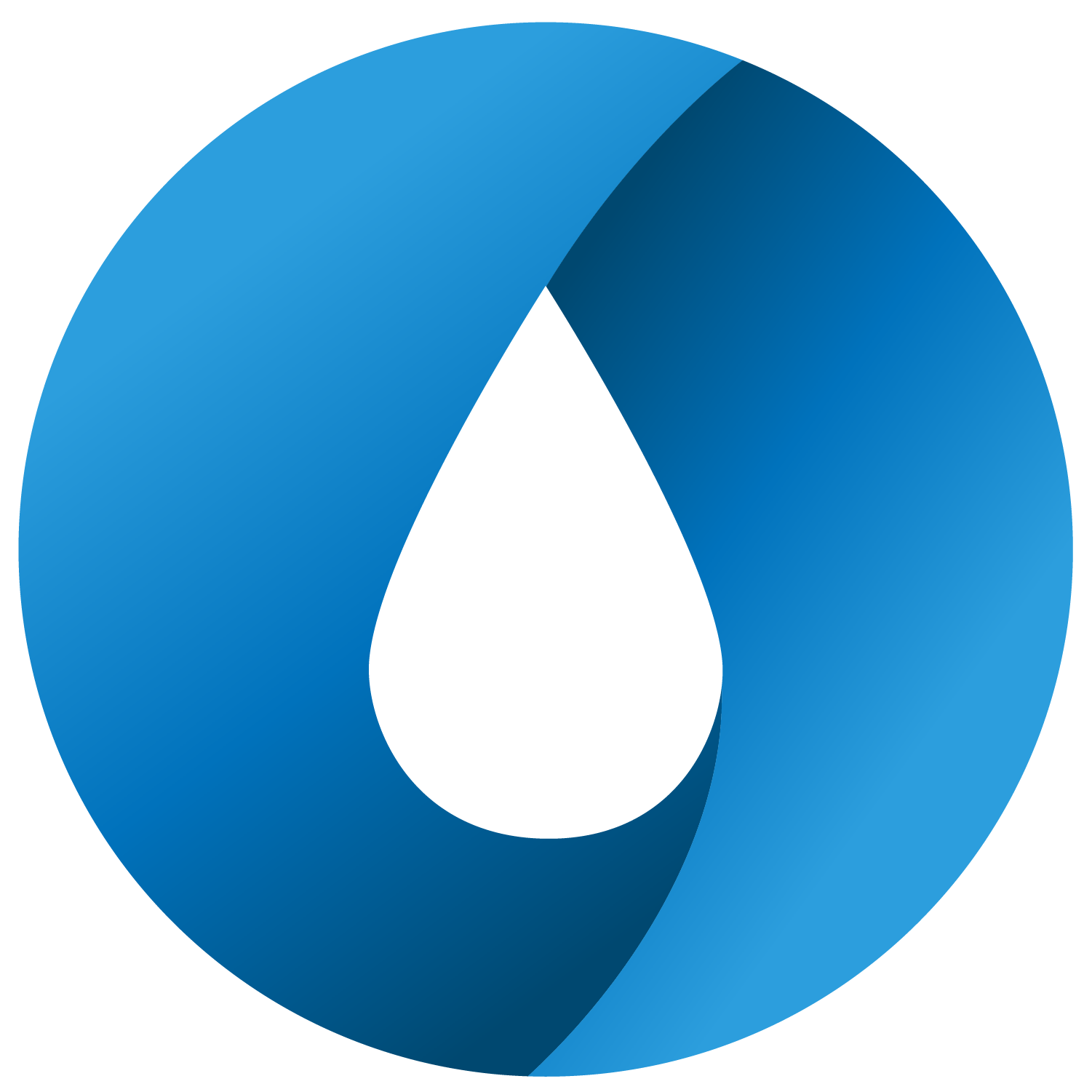


Submit a Comment